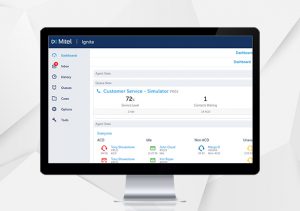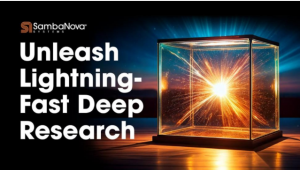Gamification Becomes the Norm: 7 Ways to Game Your Business
![]() The year 2011 was marked by the emergence of new social paradigms, techniques and the latest buzzwords around mobility, the cloud and social gaming. One more buzzword we have heard more in recent past is gamification – the transfer of gaming activity to enterprise software for marketing and business purposes.
The year 2011 was marked by the emergence of new social paradigms, techniques and the latest buzzwords around mobility, the cloud and social gaming. One more buzzword we have heard more in recent past is gamification – the transfer of gaming activity to enterprise software for marketing and business purposes.
Gamification typically applies to applications and processes to encourage people to adopt them or influence how they are used. The technique can be useful to encourage people to perform tasks that they generally considered boring, such as completing reviews, fill out tax forms, or reading websites.
Engine Yard had just published an infographic about gamification (see below), which shows how gamification quickly becoming one of the hottest ways to engage customers and users.
According to the stats, businesses spent barely $100 million on gamification in the year 2010, the early days of the trend. But with the emergence of social media, mobility and cloud technologies the gamification industry is expected to touch $2.8 billion by 2016.
“Developers are perhaps among the most important contributors to this era characterized by games being the “new normal.” Working game design elements into applications is essential to driving user engagement and ultimately driving business forward,” says the report.
Top Technology Trend for Global Enterprises
![]() The use of this technique is spreading in many areas- loyalty programs, social networking, communication, productivity plans at the company, training, and even market research.
The use of this technique is spreading in many areas- loyalty programs, social networking, communication, productivity plans at the company, training, and even market research.
Deloitte referred to gamification as one of the top ten technology trends for 2012. In practice, more than 70 percent of global 2000 organizations will implement some form of gamified application, while 50 percent of enterprises that manage innovation process will gamify those processes.
The report suggested that 53 percent of internet users believe gamification will continue to rise in the next decade, mainly due to it is fun and compelling and young generation, and interest will drive the gamification business into entirely new areas.
Gamification in Business
One of the most obvious applications in gamification is loyalty programs, where we already have initiatives like MyStarbucksRewards, which saw some impressive results from their implementation.
Mainstream brands such as Ford Motors and Bayer adopted these techniques for rewards and loyalty programs. Ford is providing various rewards points including 100,000 oil-free EV miles if user reaches certain levels in their MyFordMobile app, which adds a gaming layer on top of eco-friendly driving. Bayer’s Didget is another glucose monitoring program that hooks to Nintendo DS and rewards kids with juvenile diabetes for testing their blood levels.
Bunchball, one of the early adopter of gamification, recently introduced the Spark and Fuse application portfolio, which offers training, managing partner relations, for motivating users to adopt a new CRM system and more.
Another report from Badgeville shows that there’s a 50 percent increase in conversation from anonymous to registered users for businesses with those who opted for gamification in their programs. In addition, with an employee-facing program, employee engagement increased to 60 percent.
The topmost gamification elements that a business might want to include in their program are: badges, levels, leader boards, progress bar, virtual currency, systems for awarding, trading, gifting and exchanging points and challenges between users. After all, a little incentivization can go a long way.

Courtesy of: Engine Yard
A message from John Furrier, co-founder of SiliconANGLE:
Your vote of support is important to us and it helps us keep the content FREE.
One click below supports our mission to provide free, deep, and relevant content.
Join our community on YouTube
Join the community that includes more than 15,000 #CubeAlumni experts, including Amazon.com CEO Andy Jassy, Dell Technologies founder and CEO Michael Dell, Intel CEO Pat Gelsinger, and many more luminaries and experts.
THANK YOU















